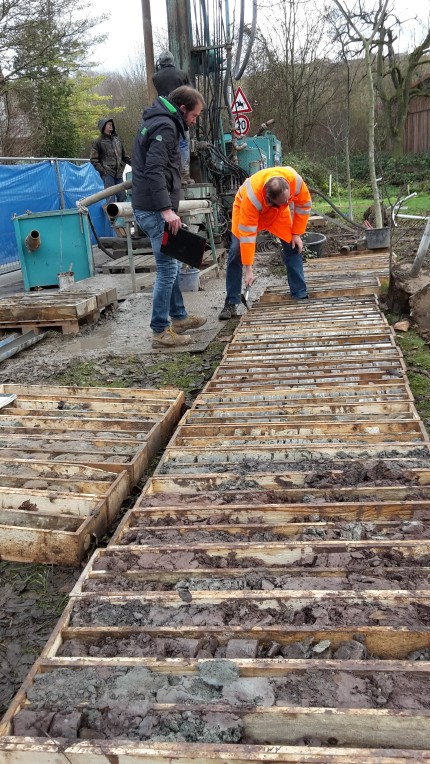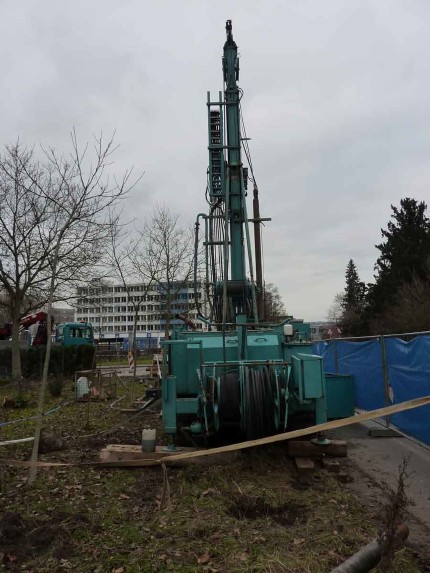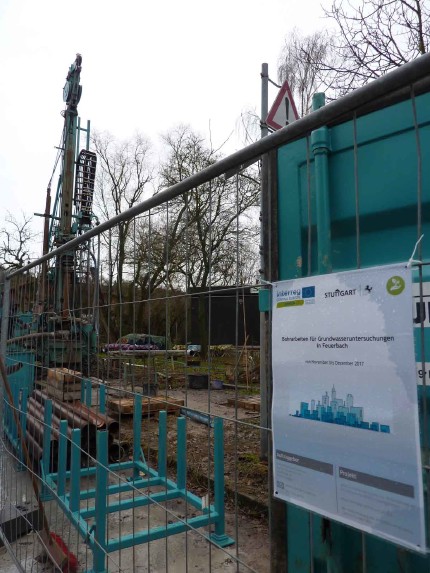Pilot Action 7 Updates: Stuttgart
The goal of the Pilot Action Stuttgart-Feurbach is to improve groundwater quality in public spaces. One core task is to establish an integral monitoring network (IMN) to observe the trend of groundwater quality more effectively. The basic idea is to select representative monitoring wells, which enable the description of overall contaminant situation in the city district and keep the monitoring cost-effective.
After an extensive data acquisition, water level measurements and water analysis, a hydrogeological model describing the flow and contaminant situation in the working area was established. The working area of 530 ha is built up on seven groundwater aquifers, hydraulically connected through many geological faults. Despite 30 years of remediation in Stuttgart-Feuerbach, several contaminated sites are still influencing the groundwater quality. Since remediation at site in many cases cannot give satisfactory results, IMN will cope with contaminated plumes in the city district.
For this purpose, two deep monitoring wells were drilled so far:
AMIIGA 1 was drilled in November 2017 up to 31,9 m depth in aquifer “Grenzdolomit”. The aim was to investigate the possible vertical interaction between contaminated shallow and deeper aquifers.
AMIIGA 2 was drilled from November 2017 until January 2018 up to 94 m depth in the mineral water aquifer “Upper Muschelkalk”, with two screening sections. The aim was to determine the flow pathway in deep aquifers.
In both wells integral pumping tests were performed. The gained information on flow and contaminant situation will be further used for the development of a 3-D transient flow and transport numerical model, which simulates all seven aquifers. Currently the calibration of the numerical model is performing.
For more technical information, please see:
Measurements of groundwater levels



